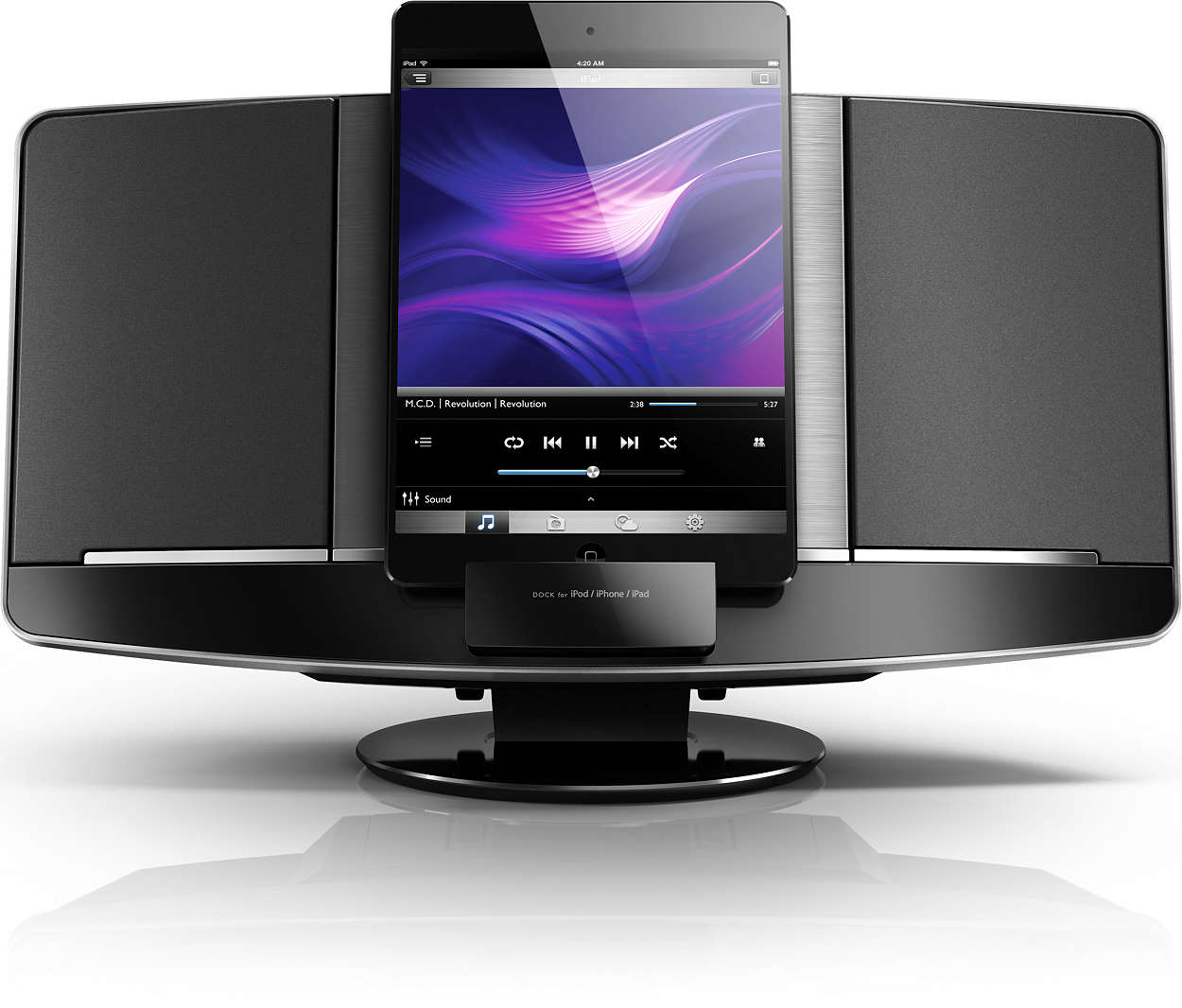- On your PC, select Start Settings Devices Bluetooth & other devices Add Bluetooth or other device Bluetooth. Choose the device and follow additional instructions if they appear, then select Done. Your Bluetooth device and PC will usually automatically connect anytime the two devices are in range of each other with Bluetooth turned on.
- A profile driver's INF file contains information about a Bluetooth device for client-side installation. For a server-side installation, the INF file specifies a device ID that corresponds to the service GUID created by the installation application. All Bluetooth devices are members of the Bluetooth class.
- In Device Manager, select Bluetooth, and then select the Bluetooth adapter name, which may include the word “radio.”. Press and hold (or right-click) the Bluetooth adapter, and then select Update driver Search automatically for updated driver software. Follow the steps, then select Close.
Bluetooth Virtual Devices - Bluetooth L2CAP Interface (hidden) All three use Broadcom drivers and are marked with an exclamation mark: 'This device cannot start. (Code 10)' At least I have some idea now about what these devices are, but I don't understand why device manager 'sees' them when there are not there.
Purpose
Intel® Wireless Bluetooth® is recommended for end-users, including home users and business customers with Intel Wireless Bluetooth technology.
Intel® Wireless Bluetooth® Package version = 22.20.0
- Driver version 22.20.0.3: For Windows® 10 using AX210, AX201, AX200, 9560, 9462, 9461, 9260, 8260, 18260, 8265, 18265
- Driver version 20.100.7.1: For Windows® 10 using 3168, 3165, 7265, 17265
Drivers Supertooth Bluetooth Devices Windows 10

Intel® Wireless Bluetooth® 22.20.0 driver has been updated to include functional and security updates. Users should update to the latest version.
Note: When you update the wireless adapter software package, it might not update the wireless adapter driver if it includes the same driver as the previous release. For instructions, see Intel® PROSet/Wireless Software Version and the Driver Version.
What's new
See the release notes for what is new or fixed, known issues, installation instructions, and supported hardware.
Not sure what to download?
Confirm that you have Windows® 10 operating system before installing. Check if your operating system is 32-bit or 64-bit.
Note: Some products support only 64-bit version of Windows 10. See supported operating systems for Intel® Wireless Products for details.
Ensure that your wireless adapter is supported by this download. List of supported wireless adapters available below.
Determine which wireless adapter is installed in your computer system:
- Manually identify your Intel® Wireless Adapter and driver version number.
Which file to choose?
- If you have Windows 10 32-bit: BT_22.20.0_32_Win10.exe
- If you have Windows 10 64-bit: BT_22.20.0_64_Win10.exe
How to install
- Download the file to a folder on your PC.
- Uninstall current version of Intel Wireless Bluetooth Software.
- Double-click the file to launch installation.
About Intel® software and drivers
The driver or software for your Intel® component might have been changed or replaced by the computer manufacturer. We recommend you work with your computer manufacturer before installing our driver so you don’t lose features or customizations.
See a list of computer manufacturer support websites.
Intel has released updated Wireless Bluetooth and Wi-Fi drivers for Windows 10 customers to address known issues causing blue screen of death (BSOD) errors and Bluetooth devices to lose connection or stop working.
Users are urged to update their drivers to the newly released Wi-Fi (Intel PROSet/Wireless Software 22.10.0) and Wireless Bluetooth (Intel Wireless Bluetooth 22.10.0) drivers given that besides functional updates and bug fixes, they also include security updates.
Fixed Bluetooth and Wi-Fi issues
First of all, the new drivers address Windows 10 stop errors (aka BSODs), yellow bang warnings in Device Manager, as well as random disconnections while playing online videos caused by Intel Wireless adapters with faulty drivers.
Bluetooth devices with affected drivers such as mice, keyboards, headsets, or styluses would also stop working on some systems if connected simultaneously or would inadvertently lose connection mid-use.
On other systems, Bluetooth devices would 'show a yellow bang in Device Manager after rebooting or resuming from Sleep/Hibernation mode.'
Similarly, on other systems, impacted devices would show yellow bangs and would also disappear from Device Manager after resuming from idle mode after several hours.
Drivers Supertooth Bluetooth Devices Windows 7
Some devices may also experience 'No Advertisement' issues after some time of BLE scanning while using the TruU application Intel says.

The full list of supported products and driver versions released by Intel to fix these issues is available in the Wi-Fi and the Wireless Bluetooth drivers' release notes.
Fixes for security issues
Intel also addressed 95 security vulnerabilities as part of last month's Patch Tuesday including critical ones affecting Intel Wireless Bluetooth products and Intel Active Management Technology (AMT).
The critical security flaw tracked as CVE-2020-12321 is rated with an almost perfect CVSS severity base score of 9.6/10 and it affects only some Intel Wireless Bluetooth products.
This bug is an improper buffer restriction in Wireless Bluetooth products before version 21.110 that allows for unauthenticated escalation of privileges via adjacent access (Local Area Network only).
Microsoft has also released a batch of Intel microcode updates for Windows 10 20H2, 2004, 1909, and older versions to address newly discovered vulnerabilities in Intel CPUs (including PLATYPUS).
Related Articles:
